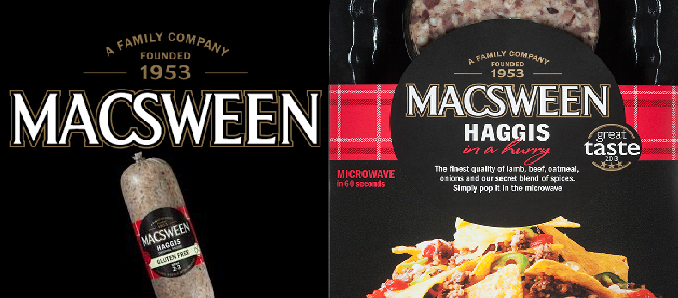The world of food and wine pairing can be intimidating to newcomers. There are guidelines and suggestions for making the best matching choices, but they must be kept in mind when they are ultimately based on personal tastes.
Saishin Opens at Gansevoort
The fundamentals of wine and food pairing are straightforward: white wines for white sauces and meats, and red wines for red sauces and red meats. There are exceptions to the fundamental rule, and after reading our basic ideas, you may feel safe venturing outside of the norm. Advanced wine pairing or adventurous fusion cuisine meals may throw the rules out altogether, but that’s for a different day!
Try Some Different Wines
There isn’t a single type of wine that every newbie enjoys. On the other hand, a budding wine expert can sample a variety of great wines before moving on to more serious wines. Wine is enjoyed by novices in a variety of ways.
Trying a variety of wines will undoubtedly broaden your palate, and attending a wine degustation is always a recommended pastime. You may, however, explore on your own with a variety of classical wine samples, such as wines found in business gift boxes.
You can also give out these wine boxes to friends and business associates, ask for feedback on which wines were most preferred, then host your own wine tasting party from a selection of the winners.
The Basic Fundamentals of Wine Pairing
To properly match wine with food, you should carefully read the wine label for the acidity, tannins, alcohol, and texture of the wine, and consider these in context of the meal. In general, delicate cuisine calls for delicate wine, whereas rich food calls for a bolder, heavier wine.
There’s a lot of instinct in this. A passionate dinner necessitates a heartfelt wine. The Cabernet Sauvignon complements, for example, grilled lamb chops since they are both strong. A gently poached fish, on the other hand, may call for a milder wine like a Soave.
On a wine, you may learn about the color level, the category and amount of alcohol, the vinification processes, and the region’s climate. Wines with less than 12 percent alcohol content are lighter, while those with more than 14 percent are heavier.
Popular White Wines to Know
Pinot Grigio
Grigio pinots are acidic, dry, cool, fruity and moderately to high. Some have stronger minerality and the flavor of the wine is rather salty. These wines are light to medium in nature, with a citrus finish.
Chardonnay
Chardonnay wines may tend towards fruitier notes, but are considered a dry wine, and not sweet like dessert wines.
Some Chardonnays however may contain notes of caramel, vanilla, or creamier flavors, depending on the barrels used, as chardonnay grapes are generally neutral and easily absorb other flavors during processing.
Sauvignon Blanc
Sauvignon Whites are more dry, medium-to-high in alcohol, refreshing, light, and herbaceous. These wines are known for being sourer and containing less sugar.
The crisp, tangy, and citrusy taste profile of the vines is ideal for citrus-based dishes. Green apple, peach, passion fruit, and lime subtleties are all present.
Popular Red Wines to Know
Pinot Noir
The flavors of mushrooms, soils, tomatoes, berry, red fruit, and vanilla are prominent in these terroir-driven wines.
These are medium-sized wines that are semi-dry and sunny. These wines go well with a variety of foods, particularly light meals and powerful introductions.
Malbec
Malbec has a pronounced oak aftertaste, which leads many people to assume that the wine has been aged in wood for a long time.
This is not the case, since most Malbec wines are merely aged on wood for six to twelve months. This isn’t correct. Malbec goes well with steak since wine has a short finish and a sweet, acidic flavor.
Shiraz / Syrah
Syrah is the name of the wine produced in France’s Rhône Valley, whereas Shiraz is the name of the wine produced in Australia. It’s a full-bodied, bold wine with peppery, spicy undertones, as well as tobacco, chocolate, and berry notes.
Syrah has stronger tannins and richer flavors, which cut through heavy protein and fats on the tongue and leave a pleasant hint of black berries or chocolate.
Cabernet Sauvignon
Sauvignon is a cross between Cabernet Franc and Sauvignon Blanc, two grapes that fall somewhere in the middle. The tannins in this wine are strong, and the acidity is mediocre.
Read Also: Opening 7/23: Saishin at the Gansevoort Rooftop by Kissaki – F & B
These wines have a fuller, deeper taste profile that may help cut through heavy meats and fats on the tongue while still leaving wonderful notes of dark berries. Berries, black currants, feathers, spices, pepper, and wood colors are among the distinguishing characteristics.
Quick reference guide for wine pairing
Here is a quick cheat sheet you can copy while grocery shopping, but once you’re more comfortable with the basics, you might be interested in more advanced and experimental wine pairings. In fact, some wine pairing faux pas may actually prove to be quite delectable to your personal palate!
- Pinot Noir with a hint of earthier flavours.
- Chardonnay is a great wine with seafood and creamy sauces.
- Cabernet Sauvignon pairs well with hearty red meat recipes.
- Sauvignon Blanc is an excellent choice for cheese recipes.
- Smokey barbeque profiles with Malbec.







